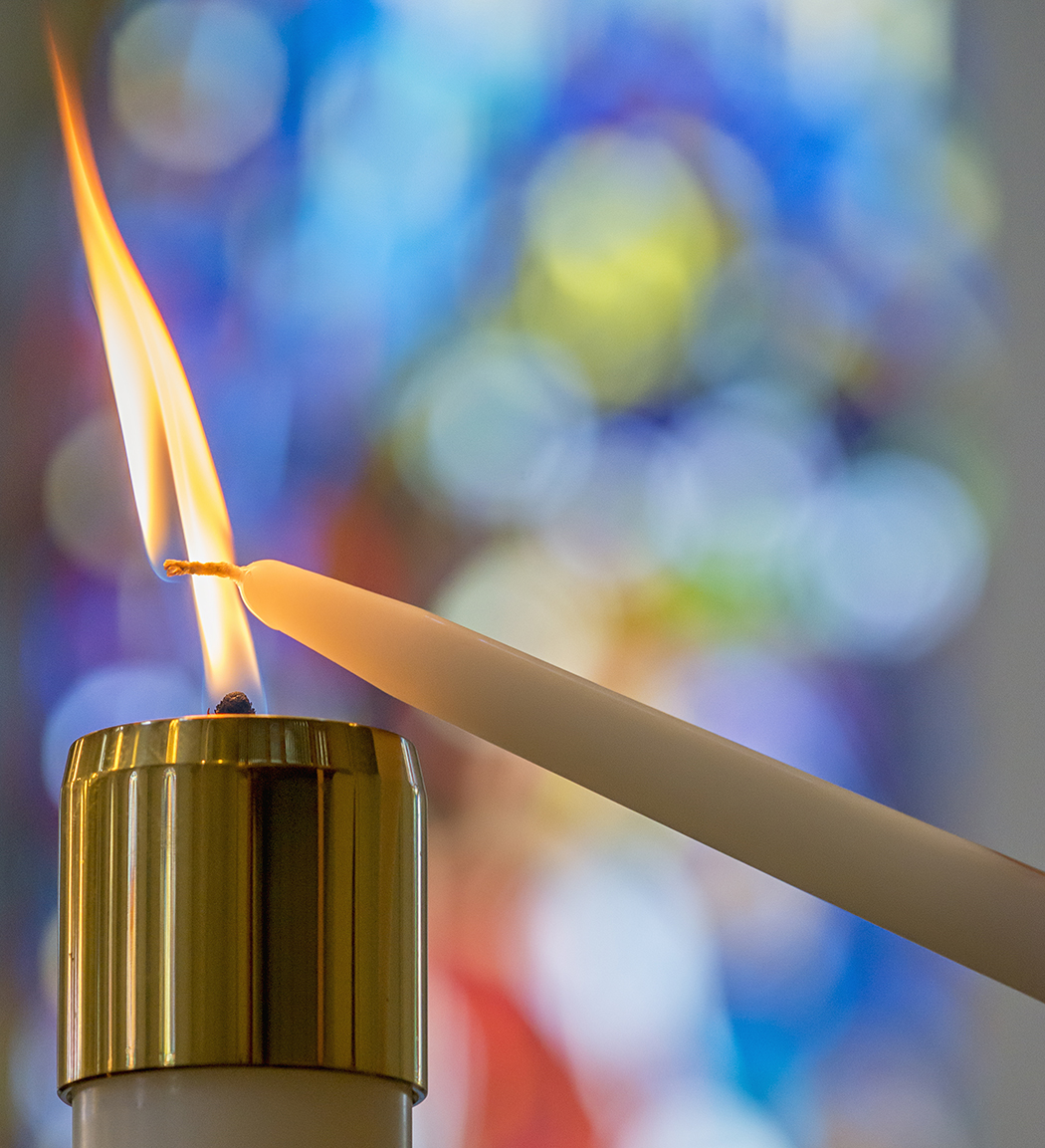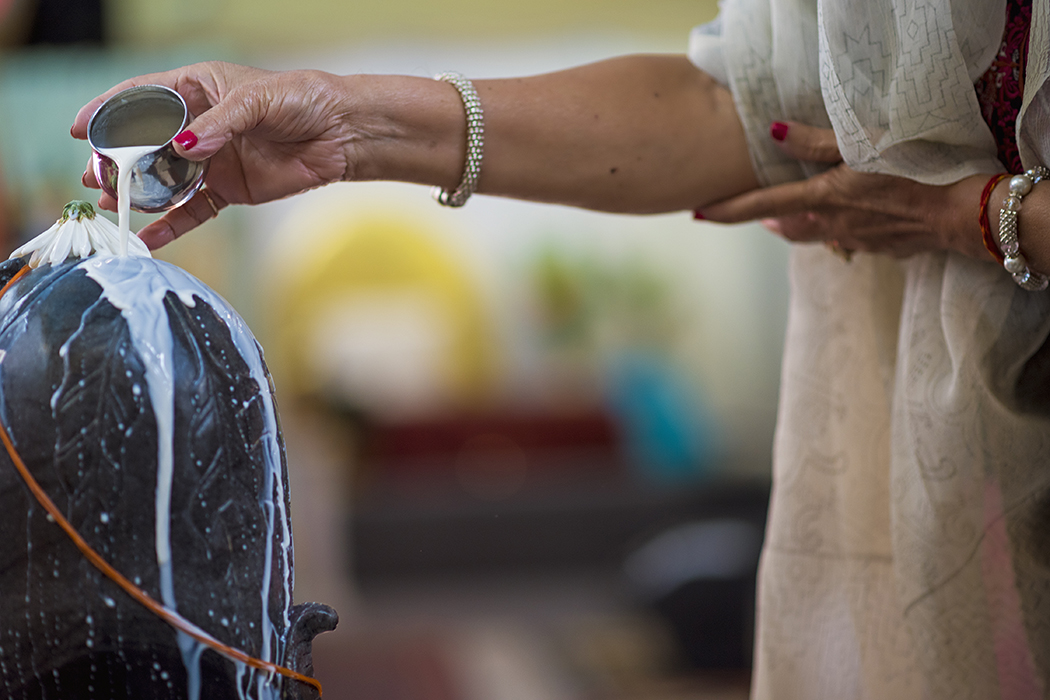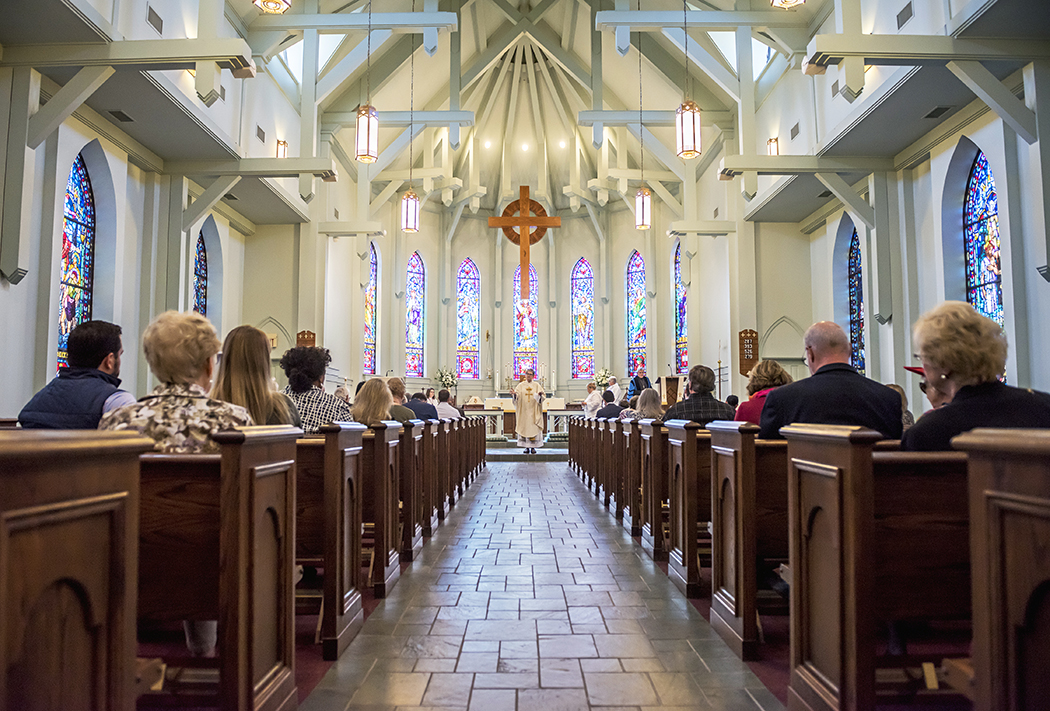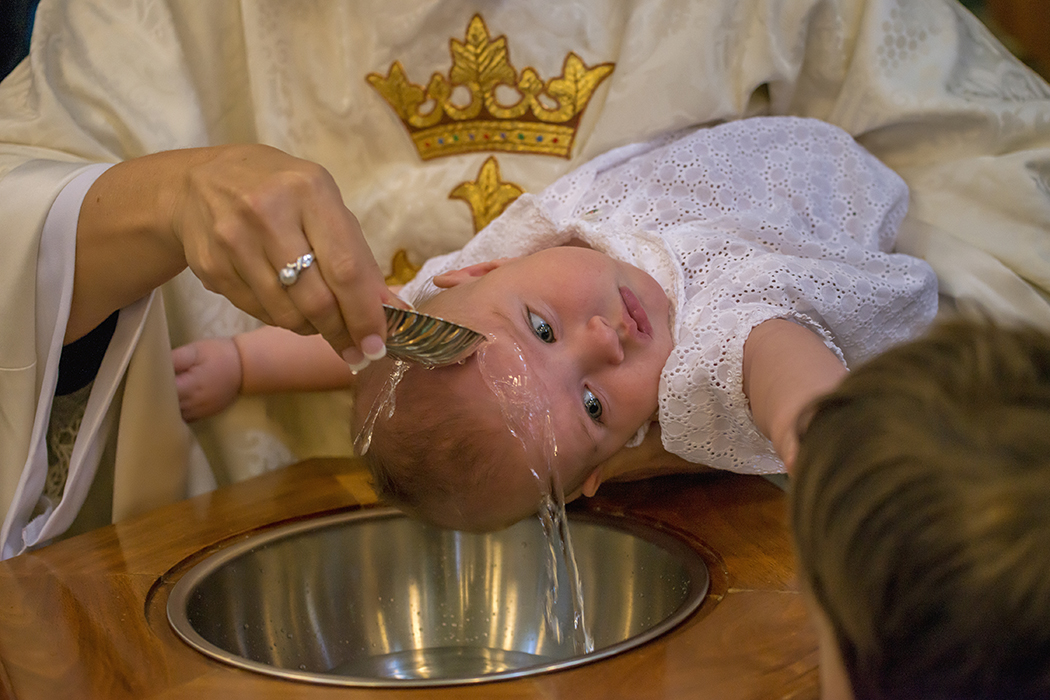Members of organized religions connect with gods, idols and each another in wildly divergent ways
Thousands of Dallas dwellers find weekly otherworldly ecstasy alongside compatible souls. Some pack
inside billion-dollar buildings, swaying to an electric guitar, eyes
and palms lifted to lofty ceilings.
Others find spiritual bliss in smaller venues, drawing comfort, perhaps, from hushed intimacy and old tradition — whispered prayers; genuflections; familiar, organ-piped hymns.
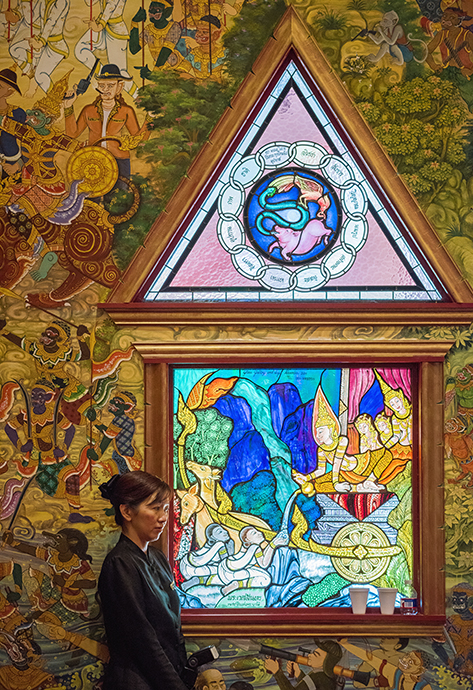
Walls and windows of Buddhist Center of Dallas are replete with radiant renderings of nature, the supernatural, idols and messages. (Photo by Danny Fulgencio)
In between lies every other style of worship one can imagine. About 78 percent of Dallas churchgoers claim Christianity, according to the Pew Research Center for Religion and Public Life; dozens of Christian denominations occupy buildings, offer services and cast a wide net in and around our neighborhood. In addition, non-Christian creeds account for about 4 percent of Dallas’ hundreds of houses of worship. Regardless of their faith, 62 percent say religion is “very important” to their daily lives, and 64 percent say they pray daily.
Over the past few weeks, we observed the wide-ranging aesthetics and rituals that the faithful believe bring them closer to enlightenment.
Buddhist Center of Dallas
Baldheaded men, legs folded beneath golden robes, line the temple’s sky blue walls and chant, baritone and in accord — which is what one might expect at a Buddhist service. But this is not necessarily new visitors’ initial encounter. Curious westerners sometimes discover the center through free beginner meditation classes led by Ken Goldberg, one of few there who speak English. His voice is Al Pacino. His humor, pure Larry David.
“The monks, I don’t think they like me,” he cracks.
One could imagine, after a few chats, Goldberg as the Buddhist version of “Sound of Music” Maria, driving Mother Superior to guzzle the communion wine.
He was raised Jewish, in Boston, he says. He joined a street gang and was incarcerated for a time after grappling with drugs, and he came to Buddhism through a fellow member of the 12-step program where he sobered up.
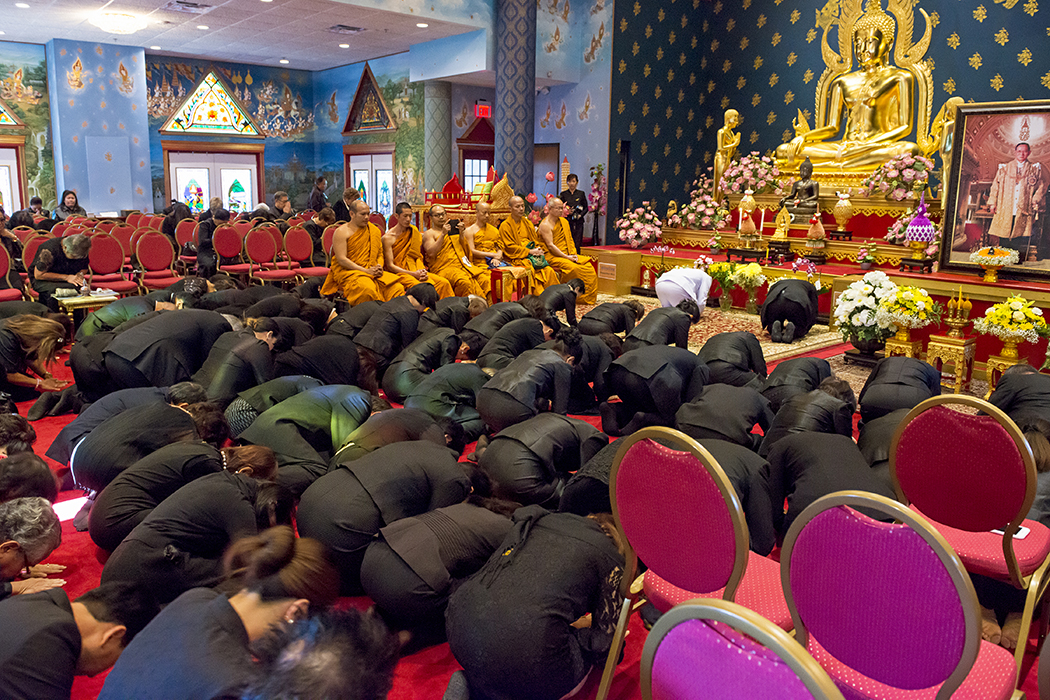
Monks and members gather, in solidarity with Buddhists worldwide, to honor deceased Thai King Bhumibol Adulyadej. (Photo by Danny Fulgencio)
Tonight’s lesson is held in a side building because preparations were underway inside the main temple for an elaborate ceremony the following morning. Oct. 26 marked the first anniversary of the death of Thailand’s King Bhumibol Adulyadej. In Thailand, a one-year mourning period precedes royal funerals. In Lake Highlands, by the time class ended, a gazebo housing a life-sized image of King Bhumibol Adulyadej faced rows of chairs. There would be a burning ceremony the next afternoon; similar services took place around the world in solidarity with the deceased king’s actual cremation in Bangkok. The next day, prayer, meditation, chants and processions, lavish rituals, plates of authentic Thai fare would fill the center as mourners, under the watchful eyes of the gods, concrete elephants and towering idols, bid goodbye — before they symbolically set him ablaze.
Throughout the year, Buddhists observe holy days; Buddha’s birthday, Vesakha, is celebrated on the first full moon day in May. Sunday worship is followed by an authentic Thai meal — the aroma of curries calls near a rippling koi pond out back.
The Buddhist Center of Dallas spans several lots in a residential area along Stults Road in northeast Lake Highlands. Situated between The Greater Cornerstone Baptist Church and Dallas Lutheran Church, the temple’s glitzy statues and colorful flags demand attention. White, wide stairs flanked by alabaster rails lead to a gold and crimson trimmed A-frame entrance.
Less than 1 percent of Dallas residents are Buddhist, according to the Pew Research Center. The main building opened in spring 1982, founded by six Thai Buddhist Monks. The religion does not worship any deity. Even Gautama Buddha, on whose teachings Buddhism was founded, is considered a sage rather than God.
The Western Vipassana group, led by Goldberg, meets Wednesdays at 7 p.m.
—Christina Hughes
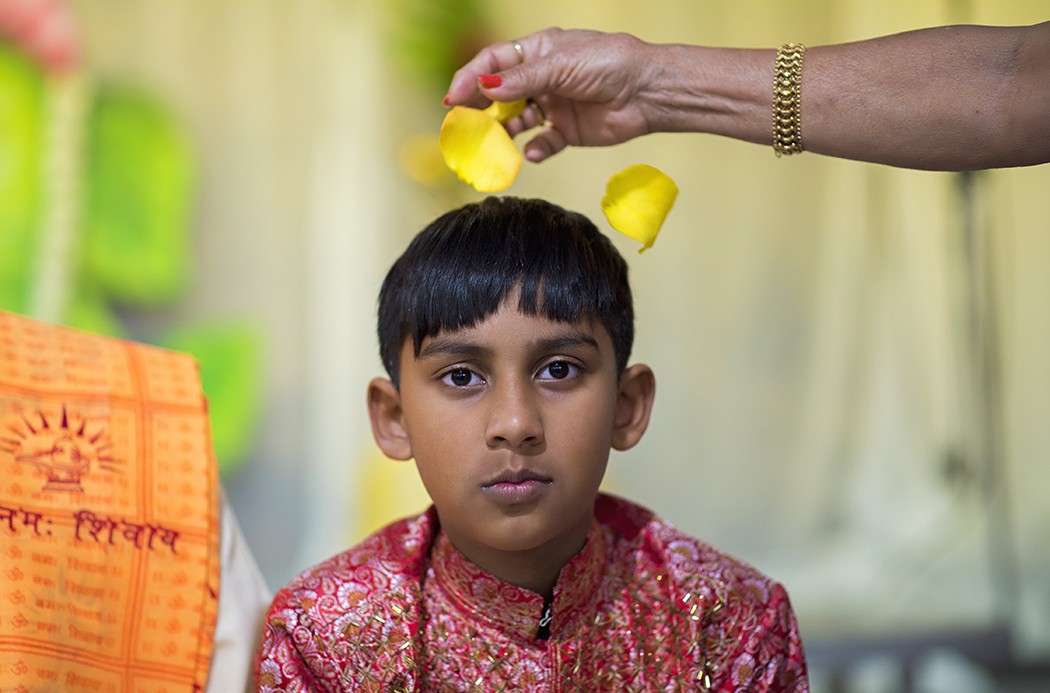
Alexander Sukhu is blessed with flower petals for his birthday at the North Texas Hindu Mandir. (Photo by Danny Fulgencio)
North Texas Hindu Mandir
You would never know it’s there, tucked into an unassuming building in a residential corner of Baronne Circle. But its vibrant interior beguiles the meager façade, painted with bright lotus murals, draped in gold and turquoise silks, with garlands of flowers and a row of colorful deities lining one side, each expertly carved as its own work of art.
It is the only house of Hindu worship of its kind in the city, and members travel for miles, sometimes up to three hours each way, to attend its services. Less than 1 percent of the city identifies with the faith, creating a tight-knit congregation that treats each other more like family.
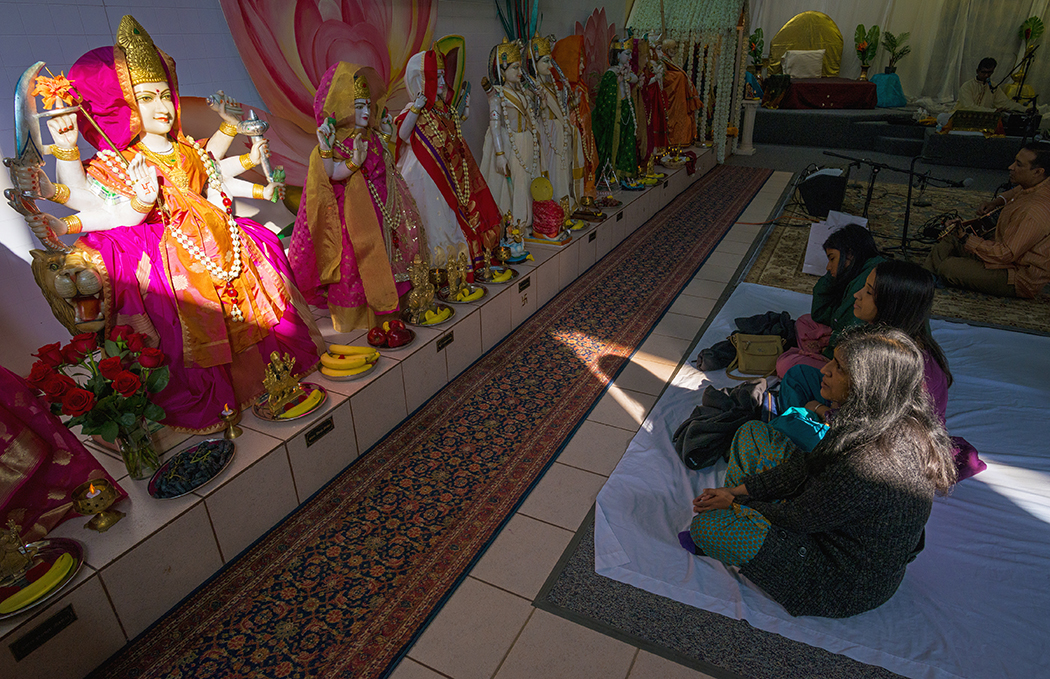
Prayers are accented with
fresh flower petals and
offerings of fruit at the feet
of the goddesses in their many forms. (Photo by Danny Fulgencio)
October brings the traditional celebration of Navaratri, nine nights that pay homage to the fierce goddess Dugra, who comes in nine forms that represent the triumph of good over evil, humility over ego and the divinity of the feminine. With unusual instruments and their own voices, the ceremonies are rhythmic and musical. Prayers are accented with fresh flower petals and offerings of fruit at the feet of the goddesses in their many forms. The holy week culminates in a beautiful ritual of flames, with a bonfire built in the parking lot as the worshippers gather around, echoing the same chant as they repeatedly toss a fine dust of wood and earth back onto the flames, sparking a burning bursts that light up their faces.
“It is about returning to the earth,” says member Indra Sukhu.
The ceremony ends with a shared meal of flavorful Indian delights that make the small room smell warm and spicy.
Known as the “oldest living religion,” Hinduism comes from the Iron Age of India. Like Christianity, it has splintered over the years, forming different factions with their own rituals. At the North Texas Mandir, worshippers find a mixture of traditional Indian customs influenced heavily by Indo-Caribbean practices, where services are more likely to be conducted in English. But the songs and chanting are always done in the original Hindi, with the words projected on the wall to help everyone follow along.
In addition to the special events honoring holy days like Navaratri, the Mandir offers Sunday worship beginning at 9:30 a.m.
—Emily Charrier
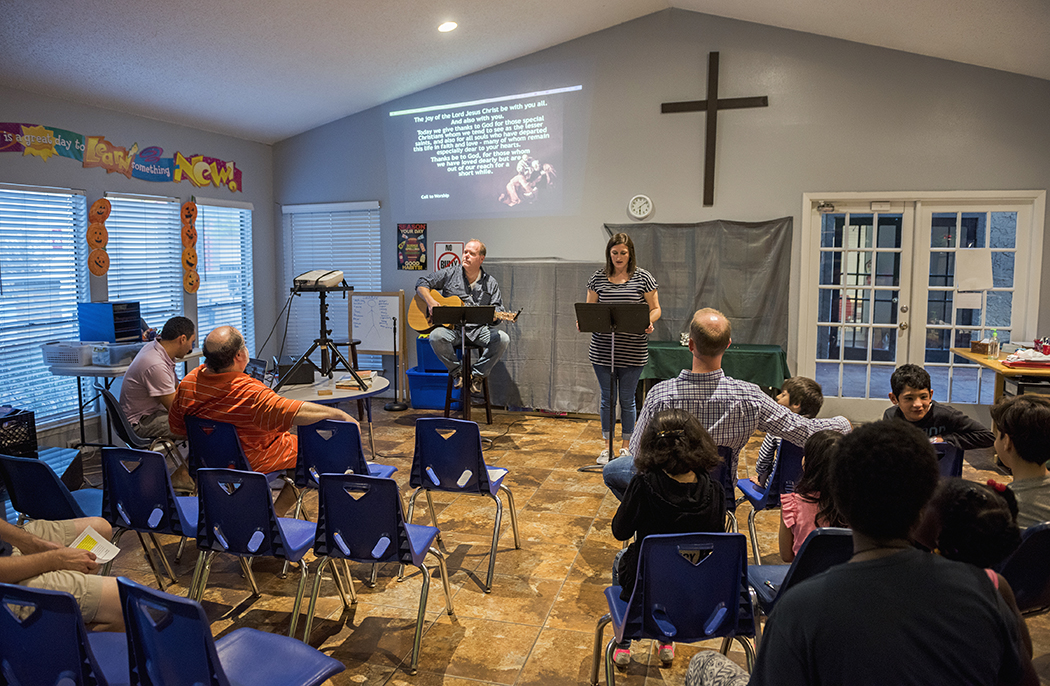
Members of Nexus Community Church bring worship to an apartment complex at Forest Lane and Audelia Road. (Photo by Danny Fulgencio)
Nexus Community Church
The Forest Lane-Audelia Road region of Lake Highlands is dense with low-income apartments and is infamous for high crime rates. It also is home to Nexus Community Church, which meets Sundays at 5 p.m. inside the clubhouse at The Vineyards at Forest Edge, a sprawling complex occupying the intersection’s northwest corner.
On a typical Sunday, member Mary Hamilton arranges tables and chairs, makes coffee and transforms the Vineyards’ after-school space into a sanctuary for an hour. After the service — during which children head across the hallway for snacks and activites — Hamilton cleans up.
It’s something she can do, she says, for those who made life meaningful for her again.
She joined Nexus a few years ago, when the group began assembling where she lived, at the Jackson Branch complex across the street.
Hamilton had been raised a churchgoer, she says, but, over the years, she lost her connection with God. Of churches she attended, she says, “I didn’t fit in.”
Nexus’ founding members shared a goal of serving Dallas’ poor and figured that meant heading south. But it didn’t take long to see that they already were in the correct place. “God had led us to one of the areas of greatest need in our city,” leaders explain on the church website, nexusdallas.org.
In San Francisco, where the Rev. Jamie Coleman ministered to white suburban middle-class churches, the thin, blonde, perpetually smiling, soft-spoken believer, who is now Nexus’ pastor, says he felt misplaced. Having studied religions around the world, he was “more alive” in multicultural settings.
Coleman was drawn to Nexus immediately, he says. “I thought they were prioritizing the right things.”
The church is non-traditional with limited resources. Its congregants are a motley crew, with people of different races, classes and even native languages worshipping together. About 10 core families make up the congregation, Coleman says, but he feels a shift, an increase in this sort of ministry, where, in sacrificing the comforts of a contemporary church, participants find satisfaction in bringing church to the spiritually empty, like Hamilton.
“I felt my life was worthless,” she says. “Finding them, volunteering, coming to church — now I feel purpose.”
Logistics matter, too. She doesn’t need to find a ride to church.
“And I like that you don’t have to dress up,” she adds with a grin.
—Christina Hughes
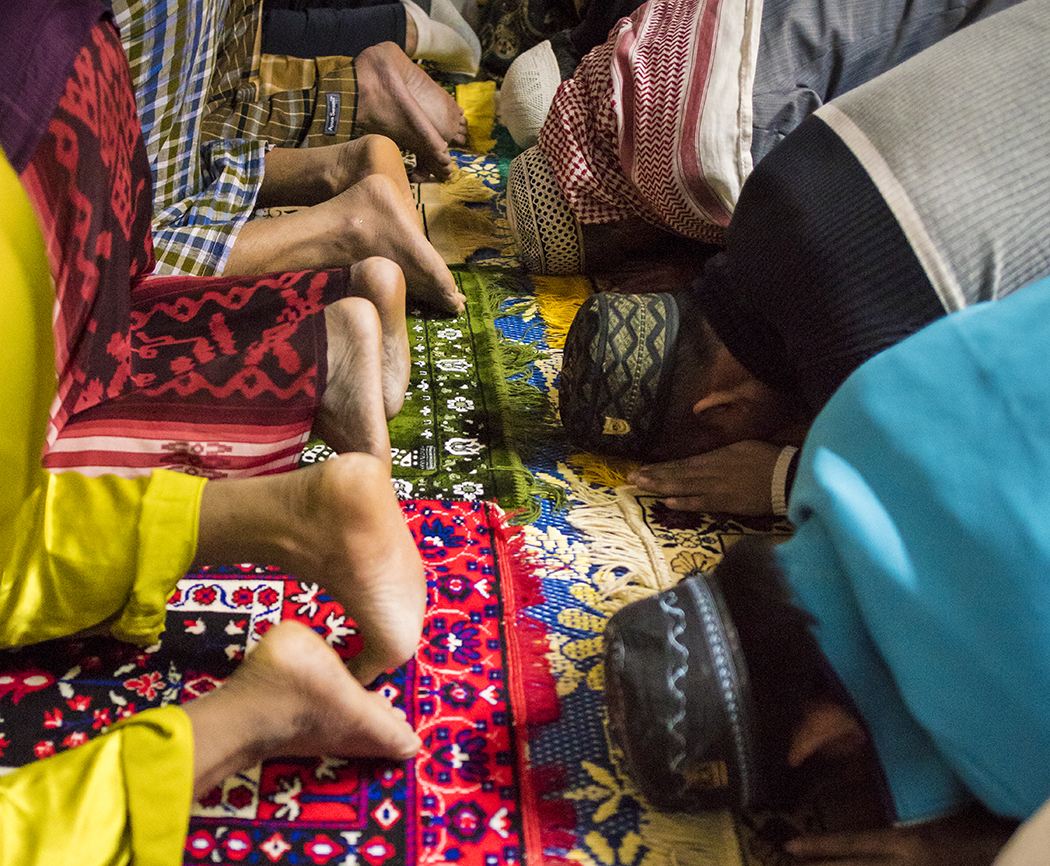
In a former storage unit, faithful Muslims pack in shoulder-to-shoulder for prayer five times a day, spilling over onto prayer mats in the parking lot. (Photo by Danny Fulgencio)
Rohingya Muslim Relief
Vickery Meadow is one of the most dense and diverse areas in all of Dallas. Developed in the 1970s as apartments and condos for young professionals, it now houses more than 50,000 people from all over the world in about 5 square miles.
Many of the residents are refugees, settled by aid organizations alongside friends and family. Vickery Meadow contains a large number of Muslim residents from the Middle East, Africa and Southeast Asia, but the area is not home to any public mosques.
Because many lack transportation, traveling to the nearest mosque in Richardson is not a viable option, and they are unable to worship or have a place to say their daily prayers. Rohingya Muslim Relief (RMR) stepped in to fill the void. The organization emanated from Myanmar refugees, who were persecuted and denied rights by the government and have been forced to flee violence against their faith.
RMR created a space in The Ivy apartments so that Muslim neighbors can worship close to home. It also provides religious education for 180 Muslim children during the week.
With permission of the management, they transformed an old storage unit into a place to pray. Islamic art decorates the windowless room, and rugs line the floor and spill into the parking lot for worshipers to practice Salah, the five daily prayers Muslims recite. The space also is outfitted with running water for the residents to ritually cleanse their face, hands and feet, a practice called Wudu.
In Myanmar, the Rohingya must worship in secret or risk a violent rebuke from the anti-Muslim government, according to Shaukat Salleh, RMR’s president. Refugees often risk their safety to escape their homeland and spend years in camps waiting to be resettled in a land with little resemblance to home. The RMR space provides them a chance to reconnect with their culture and faith.
RMR also serves more than 300 families by providing transportation, rent, furniture, clothes and food for those in need. They fund English as a second language and computer classes to help Vickery Meadow residents find jobs. Their services are not specific to religion or culture; they help anyone in need.
“We don’t see religion,” Salleh says. “We see only people.” —Will Maddox
St. James Episcopal Church
While it was built in the 1990s, the main sanctuary looks more like something you’d find in the English countryside. Its white stone frame and shimmering stained glass pay homage to the mainline denomination’s roots in the Church of England.
On a Sunday morning, the pews are dotted with worshipers of all ages, from casually clad young families and single millennials to gray-haired folks in their best dress. The two-story organ booms its welcoming chimes, and the deacons, draped in traditional white robes, walk with candles ahead of the Rev. Rebecca Tankersley, who holds a glittering gold holy book above her head while the congregation sings the hymn, “For All the Saints, Who From Their Labor Rest.”
There are readings and songs, and plenty of standing, sitting and kneeling. But today’s service has a special focus, the baptism of two new babes, Winifred Louise and John Wilson. After reciting the traditional vows and a sprinkle of holy water, they are presented to the congregation.
“I give you, the newest Christians in the world,” beams Tankersley, the church’s assistant rector.
This is one option for worship, for those who prefer the classics. Those who seek a more condensed and slightly more chaotic holy hour head to the circa 1956 chapel, where the church has added a new service that is popular with families. There, “all the different worship jobs are done by children,” Tankersley says.
The stately church is the first thing you see when you turn onto McCree Road from Audelia, a beacon of the faith since 1968, which now serves around 220 parishioners. While its services are traditional, following the same rituals every Sunday, the campus is unusual for two reasons. First, it is home to one of the city’s only religiously affiliated Montessori schools. Second, it’s become a preferred house of worship for a growing population of Karen refugees, who fled oppression in what was Burma.
“They were Anglican at home and enjoy keeping that faith,” Tankersley says, explaining that it shares an origin, and rituals, with the Episcopal faith. “Even though it’s not in their language, the steps are the same.”
Effervescent Amanda Payne, the church’s minister to children and youth, bubbles over with stories of the young refugees finding their place in her youth group.
“Our attendance grew by 425 percent with the refugee kids,” she says.
Church leaders were happy to see the congregation expand, especially in a way that better reflected our diverse neighborhood.
“The church is meant to look like the world,” Tankersley says.
Payne adds, “Not like a country club.”
St. James hosts a shorter Sunday worship at 8 a.m., followed by the sanctuary and chapel services at 10 a.m. Youth group is every Wednesday from 6:30-8 p.m. —Emily Charrier

